0.案例代码
先看下面一个例子:
#include <iostream>
#include <thread>
void ThreadMain()
{
std::cout << "begin sub thread:" << std::this_thread::get_id()<<std::endl;
for (int i = 0; i < 10; i++)
{
std::cout << "thread in "<< i << std::endl;
std::this_thread::sleep_for(std::chrono::seconds(1));
}
std::cout << "end sub thread:" << std::this_thread::get_id() << std::endl;
}
int main()
{
std::cout << "the main ID:" << std::this_thread::get_id() << std::endl;
std::thread th(ThreadMain);//线程创建启动
std::cout << "begin sub thread" << std::endl;
th.join();//阻塞等待子线程退出
std::cout << "end sub thread" << std::endl;
return 0;
}

1.案例代码分析
从执行结果来看,线程在std::thread th(ThreadMain)的时候就已经启动了,join只不过相当于堵塞等待的作用,




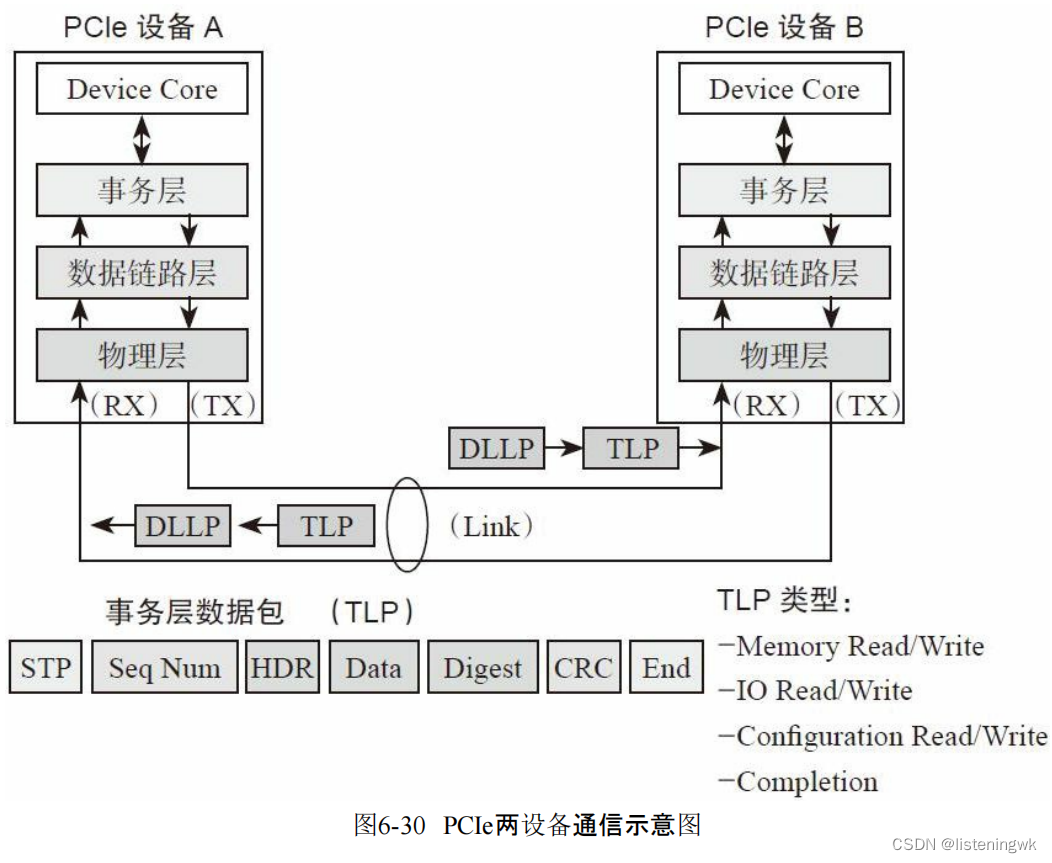
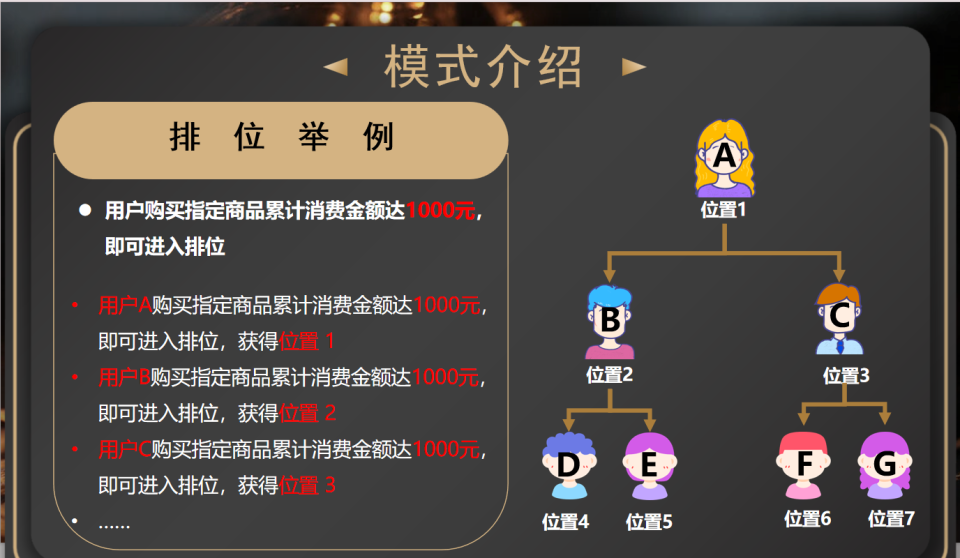

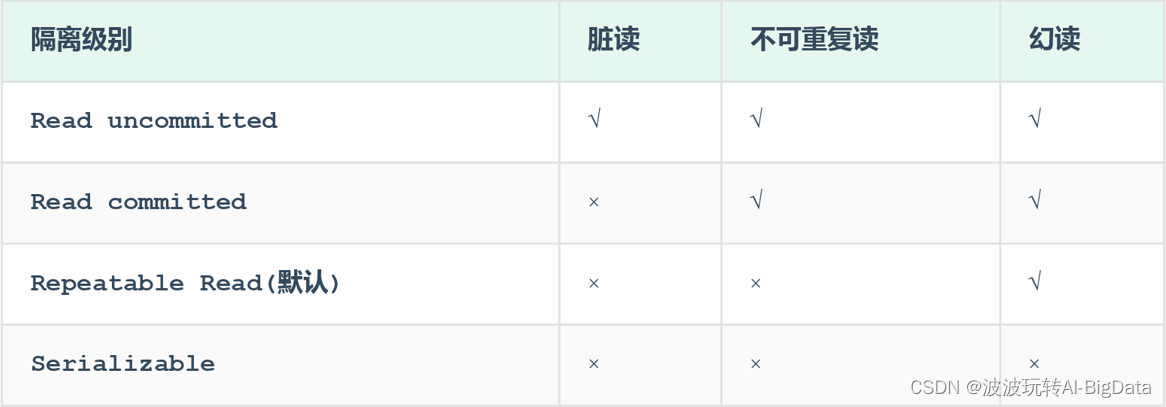

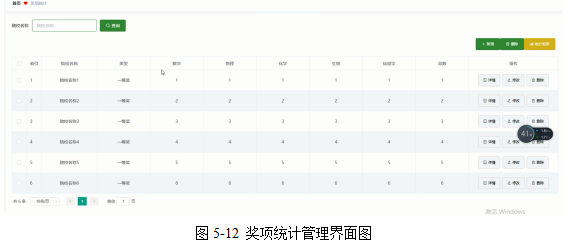
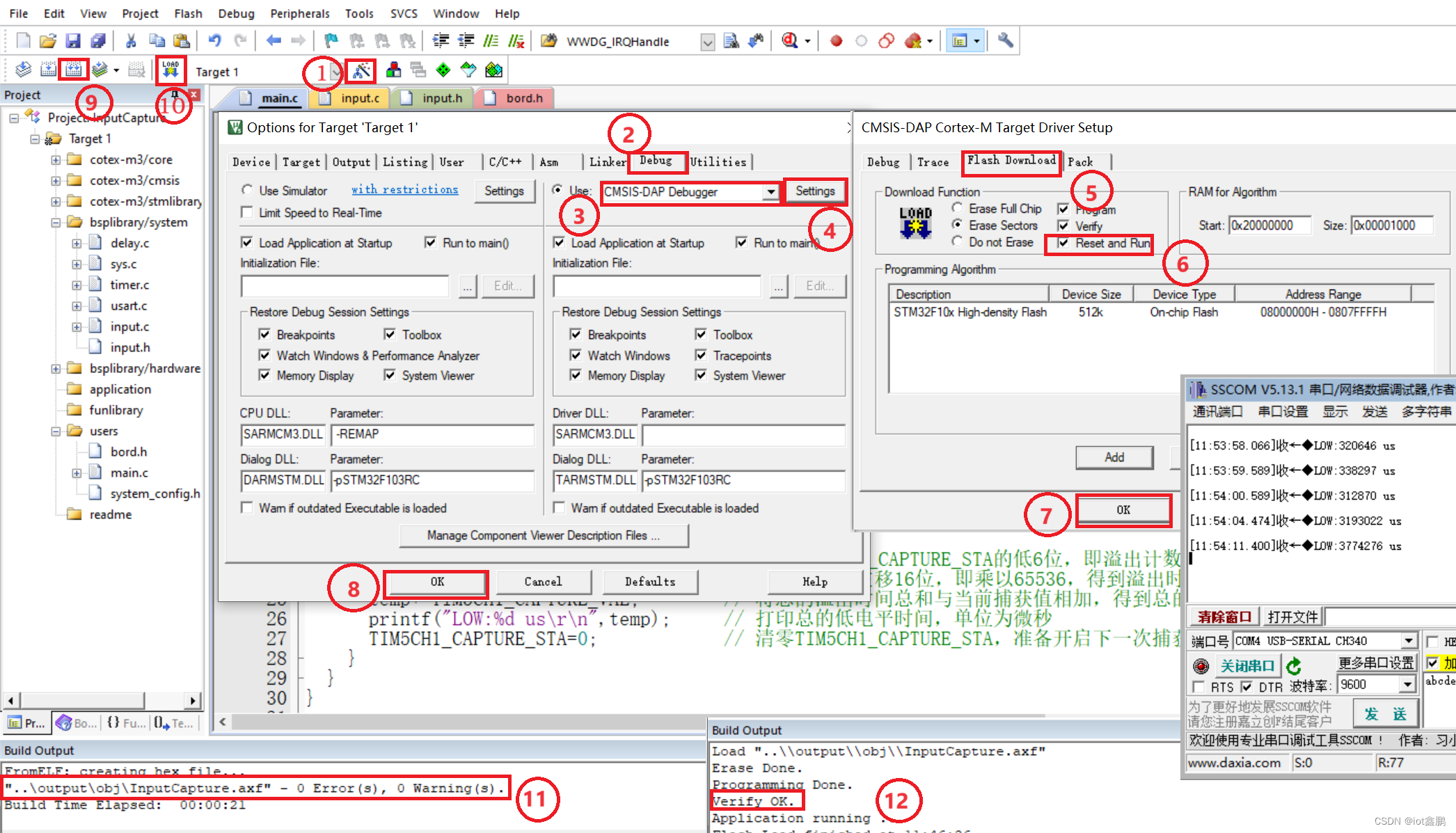
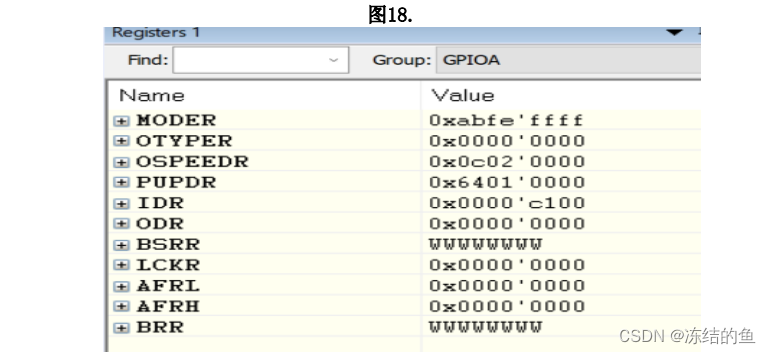

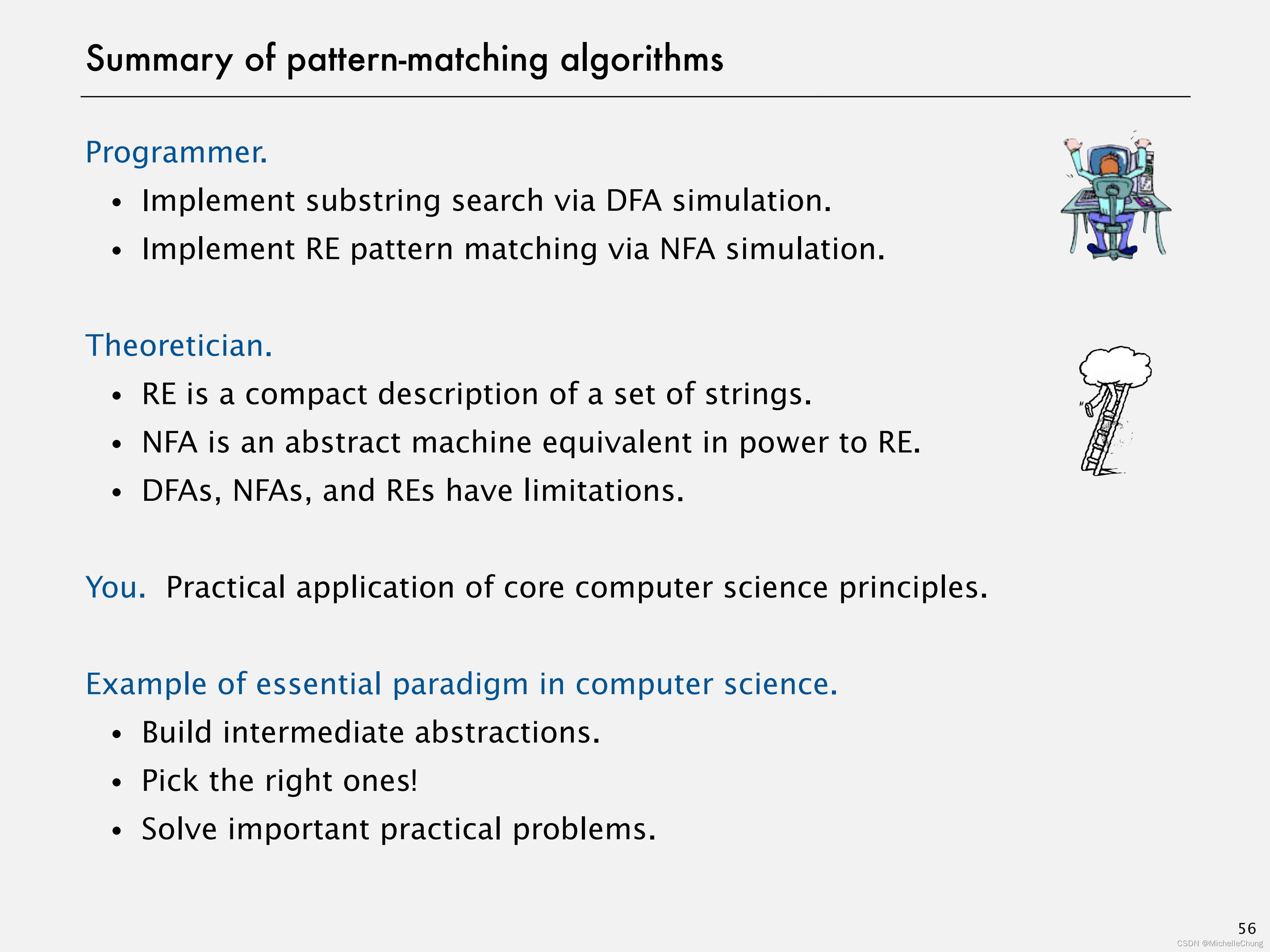
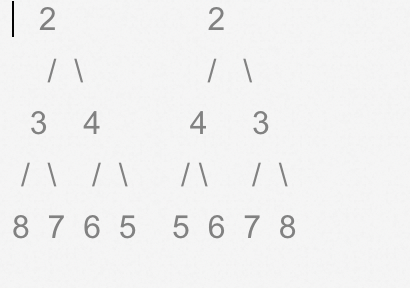

![[中级]软考_软件设计_计算机组成与体系结构_05_CISC与RISC](https://img-blog.csdnimg.cn/direct/c3b687f2dfb543edbff49bb16ecdebcd.png)

